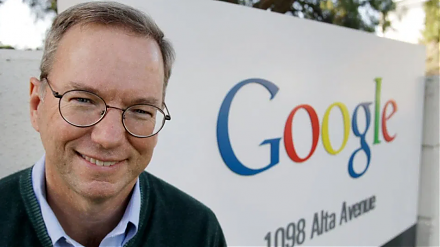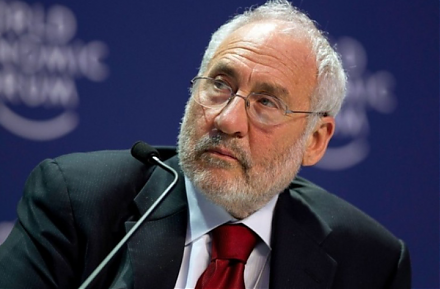

2019-09-01 10:31:00 Sun ET
technology social safety nets education infrastructure health insurance health care medical care medication vaccine social security pension deposit insurance
Most artificial intelligence applications cannot figure out the intricate nuances of natural language and facial recognition. These intricate nuances represent a major persistent challenge to most recent artificial intelligence applications such as Apple Siri, Amazon Alexa, and Google Assistant etc. For instance, artificial intelligence applications often cannot decipher puns, jokes, sarcastic remarks, and other more complex conversations. Artificial intelligence applications often cannot distinguish delicate human facial expressions such as surprise and confusion, fear and anxiety, or hubris and hysteria.
Many artificial intelligence machines learn from big data to predict specific human emotions, actions, and interactive outcomes via neural networks. Primary emotion recognition technology analyzes facial expressions to infer how humans feel, and this technology can create $25 billion business opportunities by 2025. Tech titans such as Facebook, Apple, Microsoft, Google, and Amazon (F.A.M.G.A.) lead these tech advances in artificial intelligence. New lean specialty startups such Kairos and Affectiva also take part in this fresh unique direction. Emotion recognition can often help promote products and services, and this new technology can be useful in job recruitment, fraud, and crime prevention. Several lean enterprises seek to capture this tech niche, and these enterprises have yet to close the gap between artificial intelligence and universal intelligence.
If any of our AYA Analytica financial health memos (FHM), blog posts, ebooks, newsletters, and notifications etc, or any other form of online content curation, involves potential copyright concerns, please feel free to contact us at service@ayafintech.network so that we can remove relevant content in response to any such request within a reasonable time frame.
2020-03-12 09:32:00 Thursday ET

Google CEO Eric Schmidt and his co-authors show the innovative corporate culture and mission of the Internet search tech titan. Eric Schmidt, Jonathan Ro
2018-05-04 06:29:00 Friday ET

Commerce Secretary Wilbur Ross suggests that 5G remains a U.S. top technology priority in light of the telecom merger proposal between Sprint and T-Mobile a
2016-10-01 00:00:00 Saturday ET

We can learn much from the frugal habits and lifestyles of several billionaires on earth. Warren Buffett, Chairman and CEO of Berkshire Hathaway, still l
2019-09-25 15:33:00 Wednesday ET

Product market competition and online e-commerce help constrain money supply growth with low inflation. Key e-commerce retailers such as Amazon, Alibaba, an
2019-01-27 12:39:00 Sunday ET

British Prime Minister Theresa May faces her landslide defeat in the parliamentary vote 432-to-202 against her Brexit deal. British Parliament rejects the M
2018-03-27 07:33:00 Tuesday ET

CNBC's business anchorwoman Becky Quick interviews Nobel Laureate Joseph Stiglitz on the current trade war between America and China. As America imposes